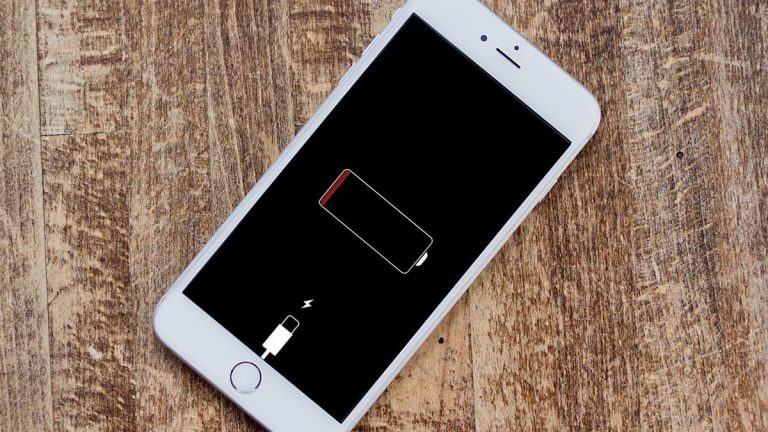Apple’s iPhone 13 series will have a larger battery capacity and more widespread 5G compatibility than the current models, according to a report, which confirms prior predictions. A new method of assembling iPhone cameras is also being considered by Apple, which may help to bring prices down to some extent.
According to a separate report, component supplier Foxconn has projected that there may be a scarcity of iPhone 13 components as a result of continued manufacturing problems. The new iPhone models are anticipated to be on sale sometime in September, according to reports.
According to the newest press release from market research firm TrendForce, the iPhone 13 series will have an all-new flexible charging circuit board that will incorporate a System-in-Package (SiP) to save on space. As a result, Apple may be able to include a bigger battery pack, which has previously been mentioned in rumors.
A next-generation SoC based on the 5nm+ node is also expected to be used in the iPhone 13, according to the company, which may assist to increase overall performance while also improving battery economy compared to the current iPhone models. Furthermore, it is expected that the next iPhone models would provide a more extensive 5G connectivity experience through the use of millimeter-wave technology (mmWave).
According to the statement, there might also be improved display and camera sensors. The iPhone 13 Pro models, in particular, are likely to include a better wide-angle lens with focusing.
Thanks to rumors that the iPhone 13 models will be released in September, Apple is expected to enjoy a 30 percent year-on-year rise in overall iPhone shipments in the third quarter of 2021.
According to TrendForce, however, a five percent year-on-year decline is possible in the fourth quarter of this year.
When compared to the same period last year, Apple’s Cupertino-based firm is expected to experience an overall gain in iPhone sales in the second half of this year, as well. The research company also predicted that the iPhone models may account for 16.7 percent of all smartphone shipments this year, according to its estimates.
Also confirmed is what TrendForce stated in its analysis from June, namely that the iPhone 13 would have a price that is comparable to that of the iPhone 12 series.
Given that the iPhone 13 series does not include substantial hardware enhancements, retail pricing are likely to be similar to those of the iPhone 12 series, provided Apple can maintain effective control over production costs.” This aggressive price strategy will almost certainly result in iPhone shipment growth continuing for two straight years,” the company said.
iPhone 13 models are believed to have received a 20 percent increase in component orders compared to the 90 million units that were ordered for the iPhone 12 series, according to reports. It seems unlikely, however, that the firm would employ its new production method for the forthcoming iPhone 13 family, which is currently rumored to be in the manufacturing process. Apple, on the other hand, may decide to employ Foxconn-assembled cameras on future iPhone models in the future.
According to a Bloomberg story published last month, Apple has requested suppliers to build 90 million next-generation iPhone devices this year, citing people familiar with the situation. This was a 20 percent increase above the amount Apple requested the previous year. However, given the anticipated deficit in component supply projected by suppliers including Foxconn and TSMC, it appears that the iPhone maker will be unable to satisfy its need for supplies.

